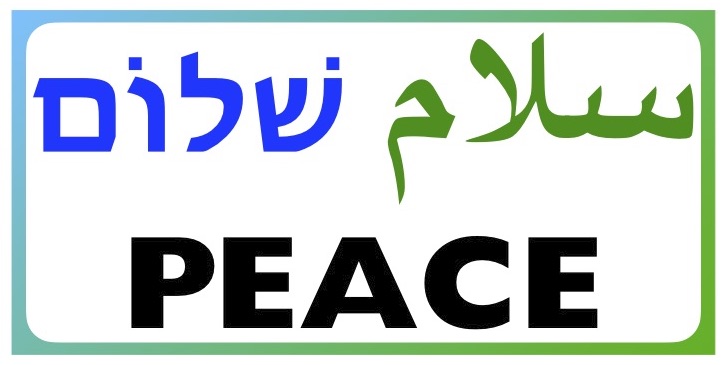Living With Nuclear War
always at 30 minutes to Doomsday: the reason we're crazy
H.G. Wells first predicted atomic bombs in his 1913 novel "The World
Set Free," which described an atomic world war followed by a period
of world peace and international law accompanied by peaceful applications
of nuclear energy. When James Chadwick discovered the neutron in 1932,
physicist Leo Szilard conceived that a chain reaction involving neutrons
from splitting atoms might be possible. Szilard hypothesized that a fissioning
atom that released two neutrons that then split two more atoms, which
each split two more atoms, in a geometric increase, could release an enormous
amount of energy, meaning that an atomic bomb might be more than fiction.
see Richard L. Miller, “Under the Cloud: The Decades of Nuclear
Testing," pp. 16-17; "Nuclear Barons," pp. 3-5
Through the release of atomic energy, our generation has brought into
the world the most revolutionary force since the prehistoric discovery
of fire. This basic power of the universe cannot be fitted into the outmoded
concept of narrow nationalisms. For there is no secret and there is no
defense; there is no possibility of control except through the aroused
understanding and insistence of the peoples of the world.
We scientists recognize our inescapable responsibility to carry to our
fellow citizens an understanding of the simple facts of atomic energy
and its implications for society. In this lies our only security and our
only hope--we believe that an informed citizenry will act for life and
not death.
-- Albert Einstein, January 22, 1947
The unleashed power of the atom has changed everything save our modes
of thinking, and we thus drift toward unparalleled catastrophes.
-- Albert Einstein
Chris was also getting to know better the CIA residents at the plant and some of the agency's employees who worked in the West Coast Office. With few exceptions, he was frightened of them. "When they talked about nuclear war," he would recall years later, "they didn't think in terms of if there will be a war, but when there will be a war." Their casualness about a nuclear holocaust horrified him. ....
How insane the world had become, he reflected; he thought of ancient Greece and Rome, about the great cities man had built, his great works of art, and then he thought of the cities smoldering in the darkness of a civilization that had snuffed itself out in atomic warfare. What madness man had created!
His mind focused on the silos that pocked Siberia and the base of the Urals and other areas of the Soviet Union; he thought of identical silos dug into the plains of Wyoming, North Dakota and Arizona and other stretches of the prairie, where, less than a century before, American Indians had fought for survival with bows and arrows. Each silo on both sides of the world had a missile with enough energy to destroy several cities. These were not abstract illusions, he thought, but reality. They were there. In each silo was a missile with a nuclear warhead; each missile was alive, with the gyrocompass in its guidance system spinning relentlessly twenty-four hours a day, awaiting a signal to carry the warhead to a target that had already been chosen by men and their computers.
How had man come to this brink? Civilization was so close to annihilation. Why weren't other people as panicked as he was? The missiles were in the silos, ready to be launched at an instant, ready to extinguish in minutes what man had taken thousands of years to build. Didn't people know that?
Robert Lindsey, "The Falcon and the Snowman: A True Story of Friendship and Espionage," Simon and Schuster (1979), pp. 113, 210-211
The thinking of all members of society must be entirely recast in a
new mold--workers, scientists, whoever they may be. After all, accidents
are never accidental. Everyone must now understand that life in the nuclear
age demands the same kind of painstaking attention to detail as one finds
in the calculation of a missile trajectory. The nuclear age cannot be
nuclear in one area only, and nonnuclear everywhere else. It is vitally
important to realize that everyone must know, for example, what a chromosome
is. They must know this just as they know what a four-cylinder internal
combustion engine is. It is impossible to live without this knowledge.
Anyone who wants to live in the nuclear era has got to create a new culture,
a whole new mindset.
-- Andrei Ivanovich Vorobyov, member, Soviet Academy of Medical Science,
quoted in Grigori Medvedev, "The Truth About Chernobyl," (American
edition, Basic Books, 1991, originally published 1989), p. 267
The actual use of the weapons on the two Japanese cities gave substance
to the image [of extinction] and disseminated it everywhere, making it
the dubious psychic property of the common man and woman. Moreover, other
events have contributed to imagery of extinction … [including] Nazi
genocide during World War II; various nuclear accidents involving weapons
or energy; the idea of destroying the environment or its outer supports
(the ozone layer); or of the depletion of the world's resources. Nuclear
weapons are simply the destructive edge of our technology gone wild in
its distorted blend with science--or what [sociologist] Lewis Mumford
calls the final apotheosis of the contemporary megamachine. But the weapons
remain at the heart of our fear as the most extreme expression of that
aberration.
-- Robert Jay Lifton and Richard Falk, “Indefensible Weapons: The
Political and Psychological Case Against Nuclearism," New York: Basic
Books, Inc. (1982), pp. 60-61




